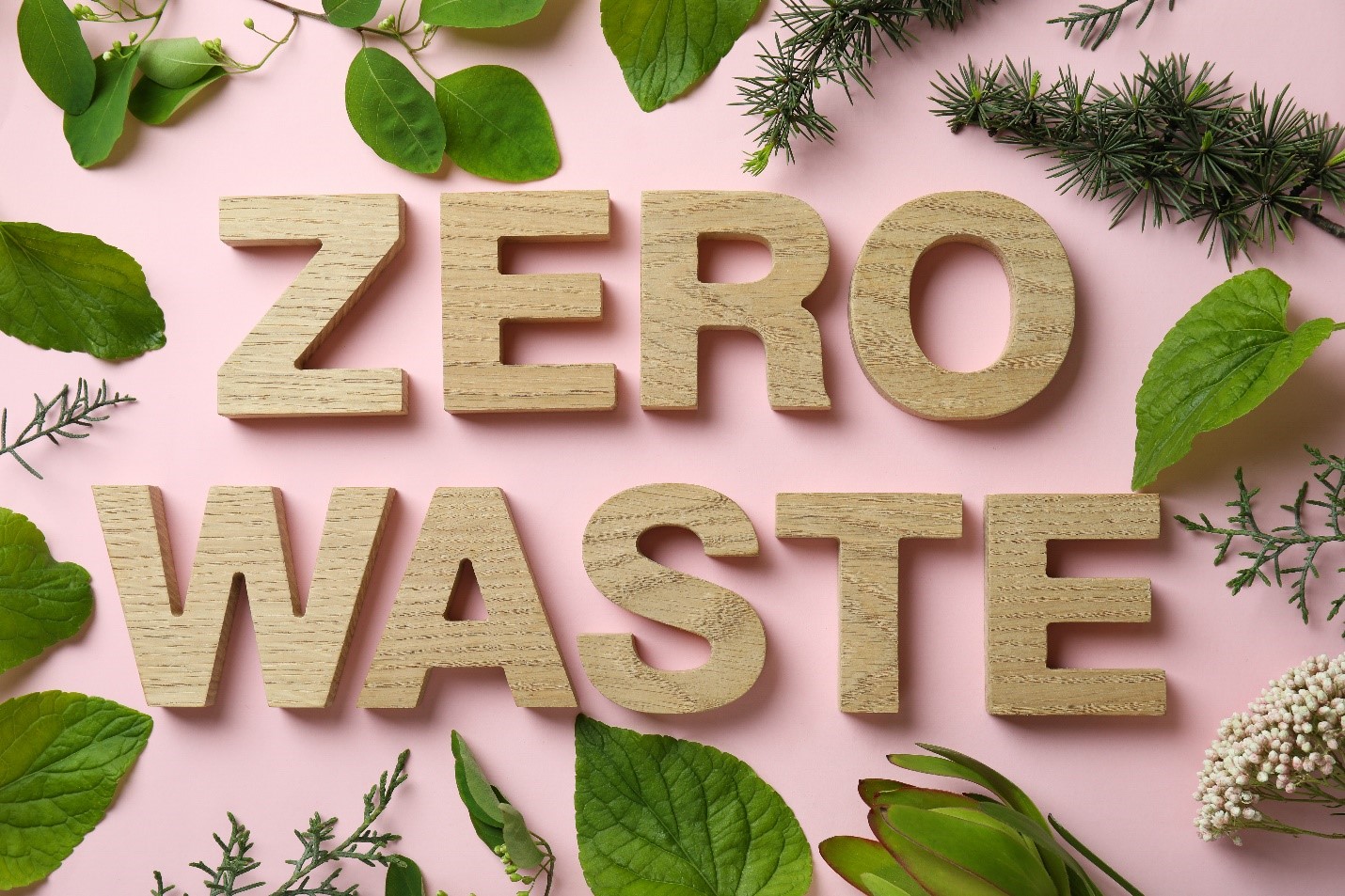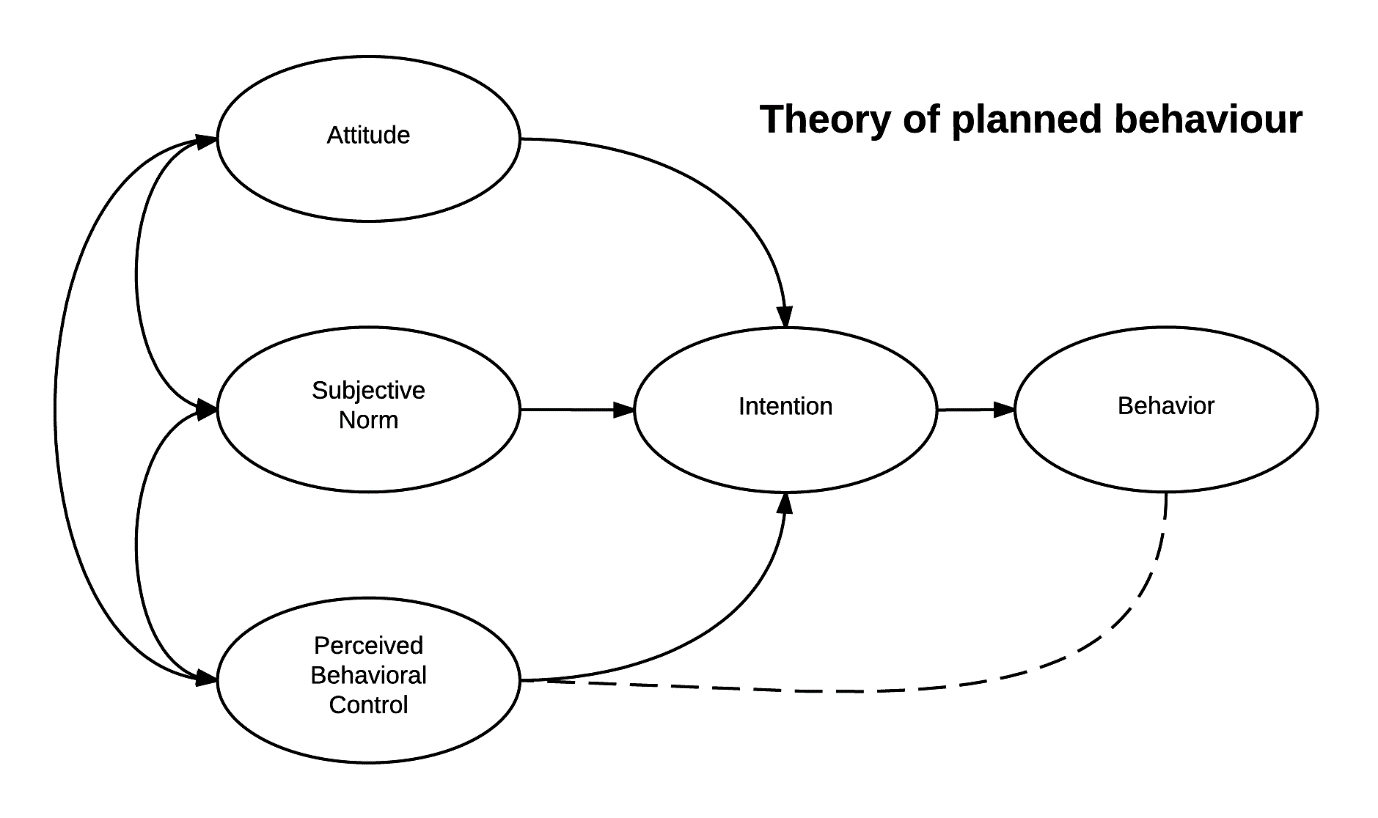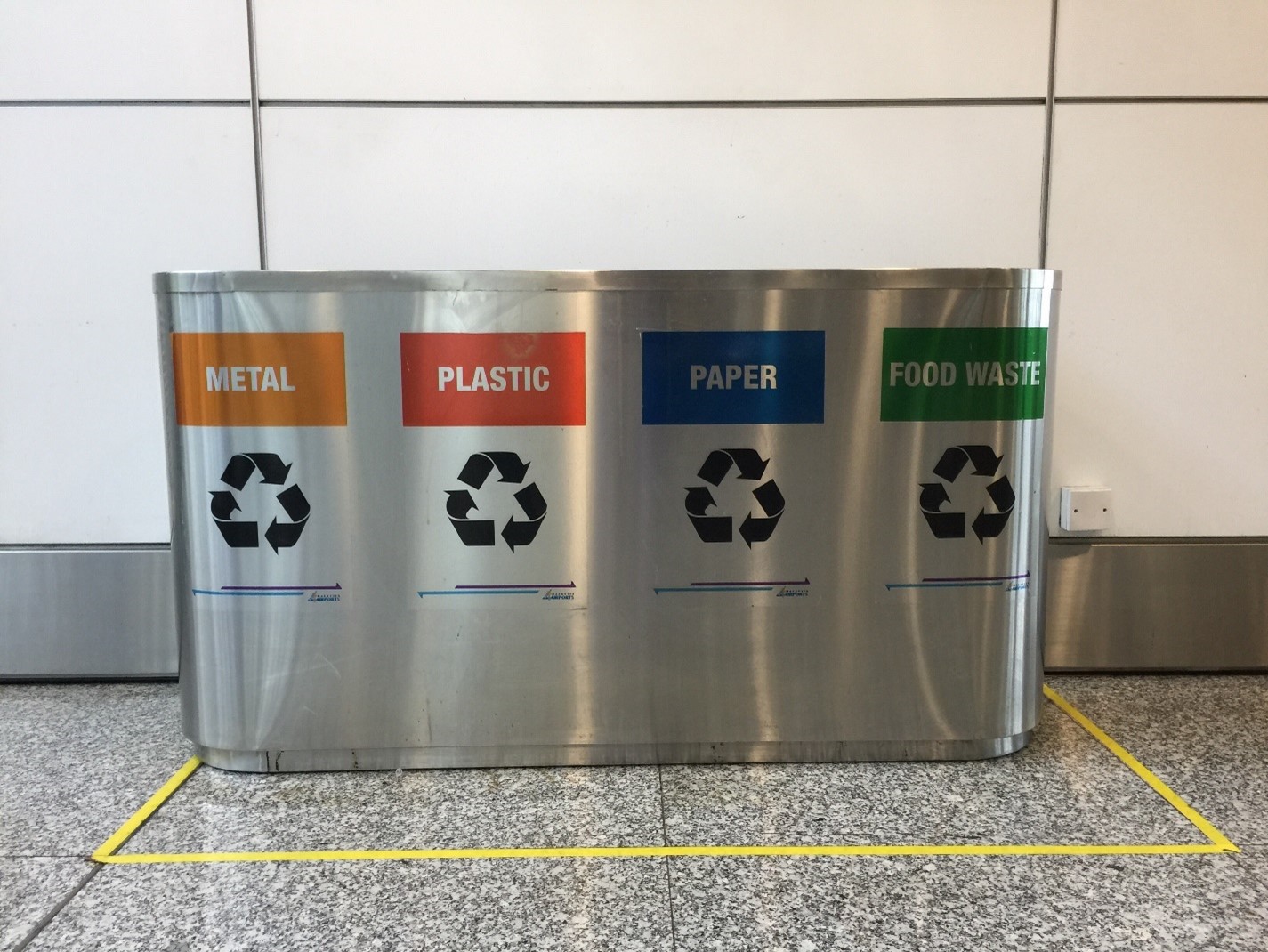Ecotrend Blog
We
all know that ethical consumption is becoming more mainstream across North
American society. But does the preference always match the behaviour?
Various
factors can influence whether an individual decides to partake in ethical
consumption, and how they can do such varies too. For example, one can bring
eco-friendly cloth bags to the market yet drive a turbo-engine car.
According
to research, a curious effect known as
moral licensing occurs when one
intentionally and consciously participates in an act of ethical consumption,
which gives them leeway to behave in a way that's not always ethically or
environmentally driven. For this article, ethical, eco-friendly, and
environmental purchasing will be used interchangeably. To give an example,
experiments performed with people who
grocery shopped with cloth bags found that the people who intentionally brought
a cloth bag to the store tended to fill their bags with organic or eco-friendly
products. However, they were equally as likely to fill the other half of their
bags with unhealthy treats like ice cream and cookies. Those that did not
intentionally bring a cloth bag to the shop did not show this tendency.
So,
how can we get people more aligned on their values through behaviours?
Does
Eco-Friendly and Ethical Purchasing Make a Real Difference?
In
psychology, there's a term called
diffusion of responsibility, indicating the tendency
to take less action when there are more people around. This can be applied to
the way we exercise our environmental habits. Suppose we perceive that because
there are 1 million people in the city, and there are enough people who will
take on the responsibility of recycling, upcycling, biking etc. In that case,
we can get away with doing less eco-friendly activities without harm.
The
fact is, almost 70% of
GHG footprint depends on which products
are used and which are disposed of sustainably.
As such, several studies and
experiments have been conducted to determine which factors will make
individuals take more environmentally and ethically responsible protocols.
Flowers
make their way into many households and offices on a weekly, biweekly, or
monthly basis. Moreover, roses are divided into ethical, organic, and
conventional roses. Researchers Daniel Berki-Kiss and Klaus Menrad wanted to
determine what factors influenced consumers to buy ethical roses instead of
conventional ones. They proposed a variety of
factors stemming from the Theory of Planned Behaviour (TPB). This popular
social psychology framework postulates that final behaviour results from
behavioural intention. What causes these intentions are
Subjective Norm is the likelihood that a peer group agrees with our specific
behaviour, which is seen to positively influence one's behaviour. For example,
if my immediate peer group believes recycling is good for the environment, I am
more likely to recycle.
Behavioural control is the individual's capability to perform a behaviour.
Other
variables included in the study were consumer knowledge, emotions
(pride/guilt), and
green consumption values.
The
study's results displayed significant positive effects (p<0.001) on all
variables except subjective norm and behavioural control.
The
most decisive influence of purchase intent is attributed to green consumption
values.
Dr. Haws developed the green
consumption value scale to provide a reliable measure of consumer preference
for environmental protection through their consumption behaviour.
Emotions also influence a consumer's inclination to purchase fairtrade
roses—specifically, emotions of
pride for choosing ethical roses and guilt
when they choose the conventional option.
Demographics
and Challenges
According
to a
Deloitte report, Gen Zs are the
least engaged in environmental issues, in contrast to younger Millennials, who
are most engaged. However, Gen Zs care about supporting ethical brands the
most.
Older
Millennials, Gen X, and Baby Boomers are similarly engaged with sustainability
issues, with the least engagement coming from Pre-Boomers. Reducing single-use
plastics and adopting renewables is more prevalent among older consumers.
Common
barriers to sustainable behaviour include:
An
effective way to implement sustainable change is by making systematic changes.
A good example is the reduction of school garbage bins and replacement with
compost bins and a variety of recycling bins. Or coffee shops and
fast-food chains only serving paper straws
instead of plastic.
In
the study of default pro-environmental behaviour, German researchers found that
when
green electricity was set as the default
option in residential buildings, 94% of people stuck with it.
The
bottom line is if you want people to do something, make it super easy for them
to do so. Better yet, make it the only option.
It's
indeed difficult to change someone's inherent interests in a subject or area
unless it personally affects them.
Fortunately,
there are methods one can implement to pique interest. One such is the power of
social influence. Numerous studies have found the positive effect of being told
our neighbours are performing an action on the individual's behaviour.
For
example, in one study, telling
online shoppers that other people were
buying eco-friendly products led to a 65% increase in making at least one
sustainable purchase. Similarly, in another study done with university
students,
sustainable transport increased by 5
times after students were told that their peers were choosing sustainable
methods over driving.
The higher costs of sustainably made
products, for example, clothing, is a major barrier to altering behaviour.
According to data from Deloitte, the level of
affluence contributes to whether an
individual purchases sustainable goods. Consumers who make more than $62,900
yearly are more likely to engage in sustainable shopping. Despite rising living
costs, there are several creative ways to engage in sustainable activities,
such as recycling/upcycling, second-hand shopping, and growing produce at home.
Friendly
competition can also be a great way to incentivize groups to behave sustainably
and raise awareness around environmental or ethical issues.
Environmental sustainability and ethical consumption are hot topics in today's landscape. From a marketing perspective, companies need to know how to market to audiences effectively if they have environmental standards in place. Even with rising living costs, it's still feasible to help nudge consumers in the right direction. Researchers have done the groundwork for us; we need to start implementing these variables in the messaging to move toward a more sustainable future .
|










